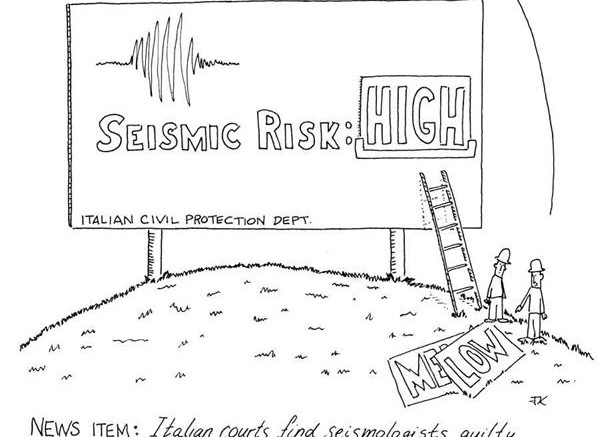This week’s long-anticipated, US$500-million sale by BHP Billiton of its 80% stake in the Ekati diamond mine in the Northwest Territories and its remaining worldwide diamond assets to Harry Winston Diamond marks another epochal change in the global diamond business.
True to its intentions first expressed last November, the world’s largest mining company is now completely leaving the diamond business. BHP Billiton’s chief executive for non-ferrous minerals Andrew Mackenzie said in a release the divestment is “consistent with our focus on large, long-life, low-cost, expandable, upstream assets and, together with the recent sale of our interests in Richards Bay Minerals [titanium in South Africa] and Yeelirrie [uranium in Australia], reflects our ongoing pursuit of a simpler business.”
The sale highlights the great conundrum for diamond companies active in the new millennium: unlike the case for every other mineral product, there are no diamond deposits being discovered that are large enough to attract a major, and yet majors are the ones best able to withstand the fluctuations in diamond demand and prices that have grown increasingly sudden and sharp since the demise in the 1990s of the famed De Beers monopoly.
On the flip side, this lack of diamond discoveries around the world makes for a compelling big-picture investment scenario: as existing diamond mines age and are depleted this decade, there should be a colossal supply crunch down the road that will richly benefit the surviving diamond players.
For Harry Winston, the acquisition is a triumph because it got the goods on the cheap, and will gain real operational expertise for the first time in the form of the BHP’s veteran Ekati staff, who will likely stay on as Harry Winston personnel.
In some sense Harry Winston is becoming only the second fully vertically integrated diamond company in the world after De Beers, active in every aspect of the business — from setting off a round of explosives at the mine face, to draping multi-carat jewellery over Hollywood stars walking the red carpets.
But the exit of such a large, respected player as BHP from the diamond game is bad news for any Canadian junior looking for funding, a joint venture or any other relation with a deep-pocketed senior partner. With BHP out of the picture, Newmont Mining’s venture into Saskatchewan diamonds looking like a one-off proposition, and Rio Tinto seeking to sell all of its diamond assets, De Beers and its parent Anglo American remain the only large Western mining companies deeply involved in early stage diamond projects.
Peregrine Diamonds’ experience at Chidliak exemplifies the new, harsh landscape for juniors in Canada. It lost BHP as a joint-venture partner, had to scrounge up financing to buy out the rest of the project and lately has been seeking out De Beers as a new senior partner.
The other model is Stornoway Diamond’s go-it-alone approach, as it builds its Renard diamond mine in Quebec.
For all their stunning technical successes in Canada, Peregrine’s market capitalization is a mere $49 million, while Stornoway’s is hardly better at $70 million, showing just how cold and lonely it is these days to be an early stage diamond explorer or developer in Canada.
• We’re pleased to report there has been swift progress on the outrageous situation of Chinese migrant workers being brought into the country under the federal Temporary Foreign Worker Program to work for low wages in potentially unsafe and exploitative conditions in B.C.’s coal fields, as detailed in this space two weeks ago, in regards to HD Mining International and its Murray River project.
Kudos to federal Human Resources Minister Diane Finley, who has announced a review of the entire foreign worker program in the wake of the HD mess.
In a statement, she said her ministry is “not satisfied with what we have learned about the process that led to permission for hundreds of foreign workers to gain jobs” at HD Mining, and that “in particular, we are not satisfied that sufficient efforts were made to recruit or train Canadians interested in these jobs . . . it is clear to our government that there are some problems with the Temporary Foreign Worker Program.”


Be the first to comment on "Editorial: When Harry met Ekati"